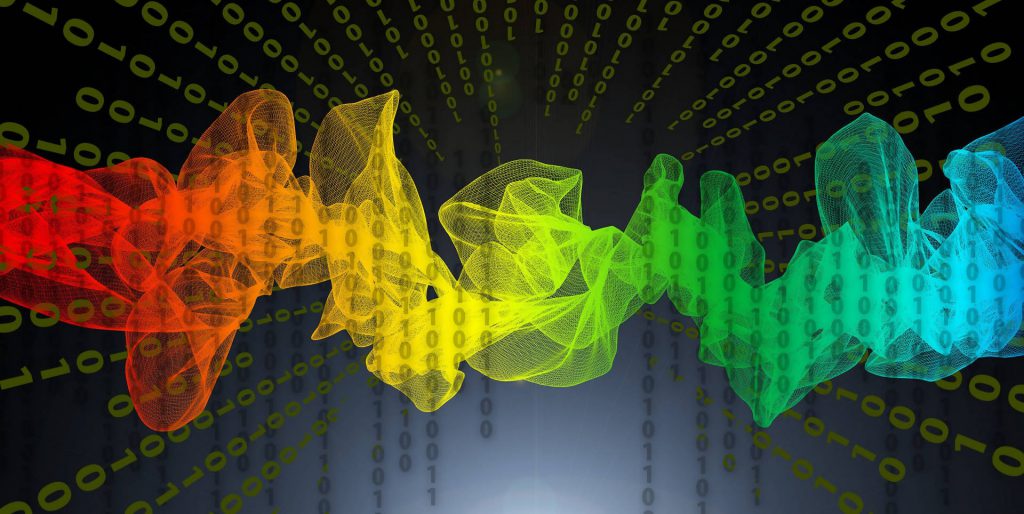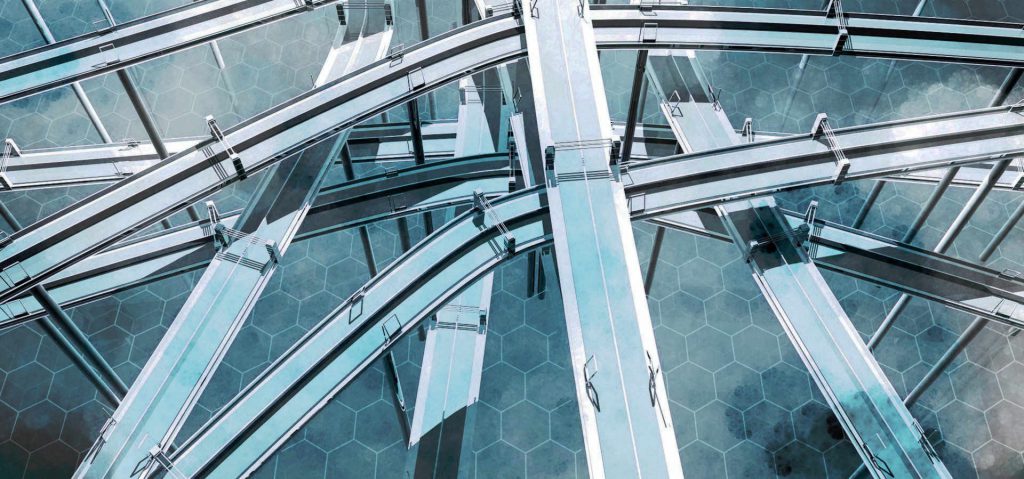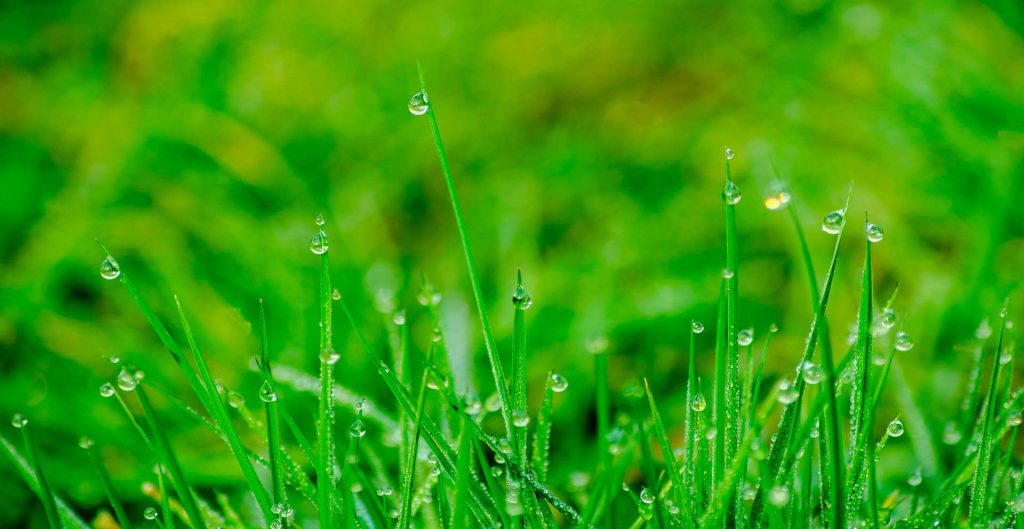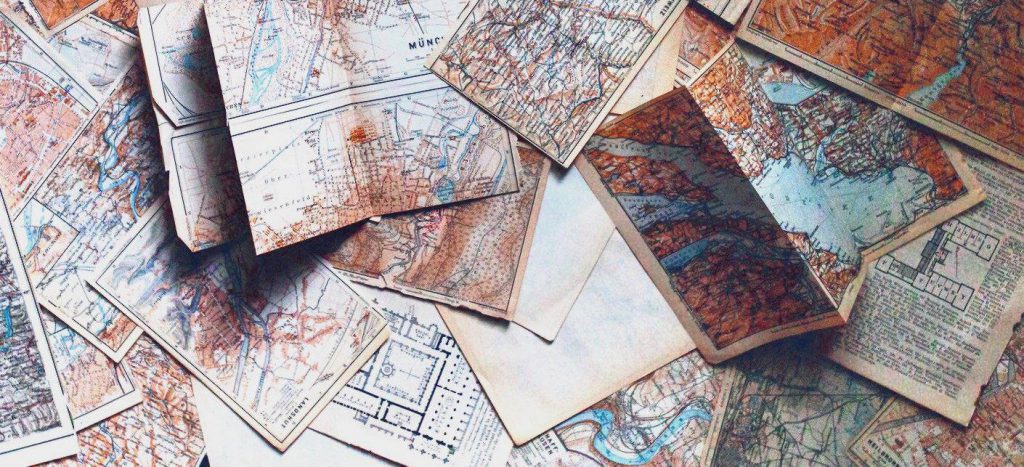IoT meets Big Data and Artificial Intelligence
 IoT is the inter-networking of any physical device, while Big Data refers to storage and analysis of large amounts of data.
IoT is the inter-networking of any physical device, while Big Data refers to storage and analysis of large amounts of data.
So, every time an IoT device produces a lot of data, these two technologies meet. Artificial Intelligence algorithms can use that quantity of data to train algorithms and achieve an high efficiency.
An infrastructure may contain many IoT devices and the quantity of data that each of them produce may be huge.
To store and retrieve such amount of data, often in a constrained time frame, non-relational database are used. Those systems basically drop functionalities in favor of speed and flexibility.
Scenarios of convergence and sectors where those technologies can be used are countless: economy, finance, medicine, agriculture, robotics, traffic shaping in data networks and in transports, social networks, marketing, and so on.
For example, consider many meteorological buoys scattered on a wide area, each of them sending data at relatively high frequency. The amount of data collected over time will be huge and Big Data analysis may be used to improve weather forecasts and climate models.
Another example of IoT objects could be autonomous cars or robots. Many sensors are used to send data at a very fast pace to react to environment changes and to assess vehicle or robot position and dynamic status. Those data need to be analyzed in real-time. Big Data techniques are necessary to process an enormous quantity of data in fractions of a second and AI algorithms decide the next actions of the car or the robot.
Wearable sensors may be used to detect when you are walking, running, sitting or sleeping, measure your hearth rate or values of blood indicators. Those data can be analyzed to understand if and when your do physical exercise and what you eat and drink. So AI algorithms can be trained to suggest you to do some work out in your spare time or to improve your diet.
There’s a lot of talk and work about those subjects. Those technologies and algorithms will have a big impact in many aspects of our lives in the near future.
 The world is approaching a revolution in road transport. There will be tremendous changes in many aspects:
The world is approaching a revolution in road transport. There will be tremendous changes in many aspects: I have a friend who spends whole days working at his garden. He often changes the position of his bushes and stones, sometimes he adds a tree and I don’t know what else. As a gardening-addicted he’s considering to buy some smart soil probes and put them in some strategic spots. He’d love to check them when he is far from his beloved plants.
I have a friend who spends whole days working at his garden. He often changes the position of his bushes and stones, sometimes he adds a tree and I don’t know what else. As a gardening-addicted he’s considering to buy some smart soil probes and put them in some strategic spots. He’d love to check them when he is far from his beloved plants. An IoT infrastructure is composed of a set devices that could be located in a room, like socket consumption meters, or spread through the planet, like oceanographic buoys. Such devices could also change their location over time, like vehicles.
An IoT infrastructure is composed of a set devices that could be located in a room, like socket consumption meters, or spread through the planet, like oceanographic buoys. Such devices could also change their location over time, like vehicles.